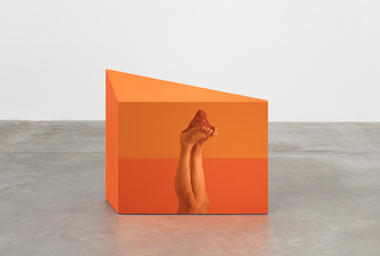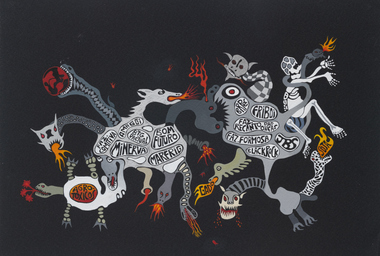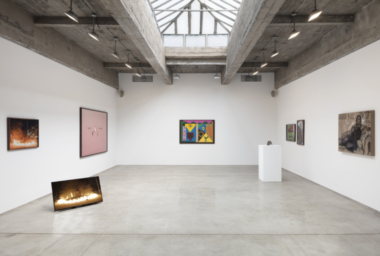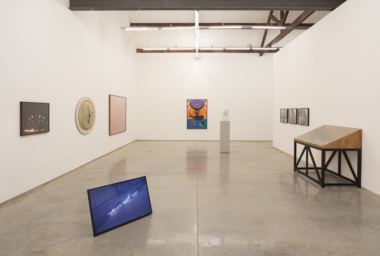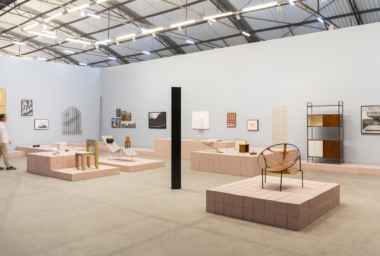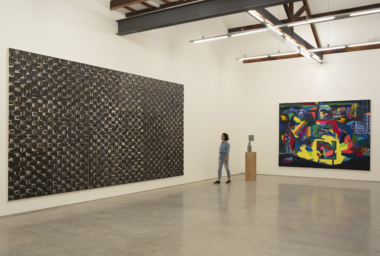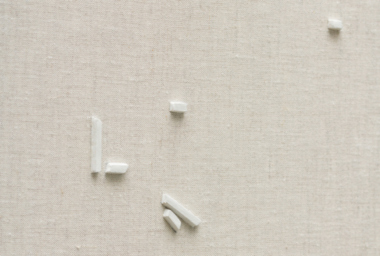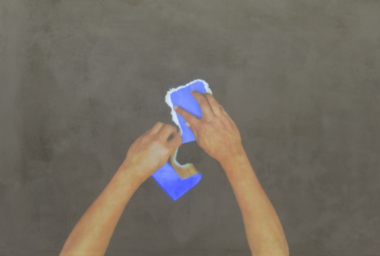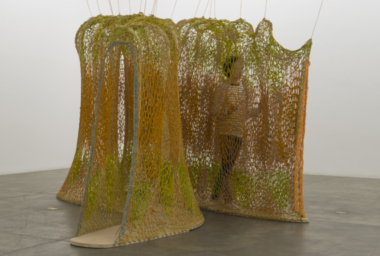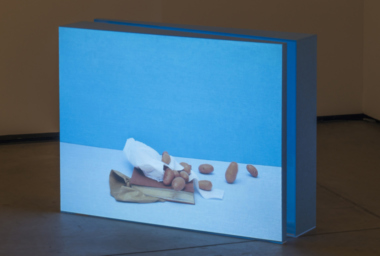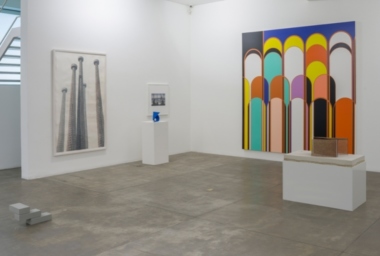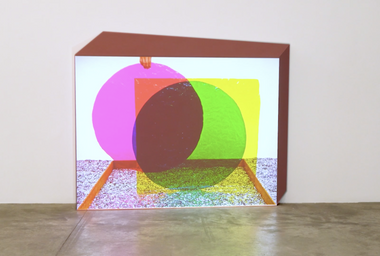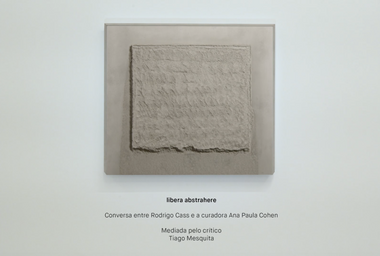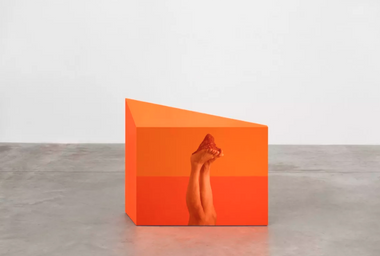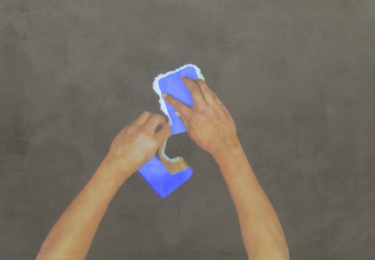
Rodrigo Cass dialogues with the constructive tradition in Brazilian art through a formal vocabulary that alludes to the Concrete and Neoconcrete experiments of the 1960s and 1970s. The artist’s interest in intersections and fractures of the pictorial plane is noticeable, leading to his surfaces acquiring volumetric dimensions in space, in canvases, reliefs and videos. Concrete, fiberglass and linen, colored with tempera, are some of his most used materials. Projected onto sculptural objects, Cass’s video works merge the physicality of performance with pictorial logic, in which color and texture appear as an element in the construction of space. In tune with the technically hybrid and conceptually versatile character of Rodrigo Cass’s practice, bodily gestures communicate with brushstrokes on the surface of the painting, creating a field of resonances between formal possibilities and a virtual spatiality.
His recent solo exhibitions include libera abstrahere, Fortes D’Aloia & Gabriel, São Paulo, Brazil (2023); Figures, Gestures and Passages, Anthony Meier Fine Arts, San Francisco, USA (2019); Espiritual-Vivente-Respira, Fortes D’Aloia & Gabriel, São Paulo, Brazil (2018); Mundo Vasto Mundo, Fortes D’Aloia & Gabriel Escritório Lisboa, Lisbon, Portugal (2018) and Até o Concreto, Fortes Vilaça, São Paulo, Brazil (2016). Cass was also featured in the group shows Nunca só essa mente, nunca só esse mundo, Carpintaria, Rio de Janeiro, Brazil (2023); Rosas Brasileiras, Farol Santander, São Paulo, Brazil (2023); The Square São Paulo, Casa de Vidro, São Paulo, Brazil (2023); AAA – Antologia de Arte e Arquitetura, Fortes D’Aloia & Gabriel, São Paulo, Brazil (2020); Cities in Dust, Carpintaria, Rio de Janeiro, Brazil (2020) and The Way Objects Go, Belgrade Cultural Center, Belgrade, Serbia (2017).
The artist’s work has been included in important public collections, such as Centre Georges Pompidou, Paris, France; TBA21 – Thyssen-Bornemisza Art Contemporary, Vienna, Austria; Museu de Arte da Pampulha, Belo Horizonte, Brazil; Casa do Olhar Luiz Sacilotto, Santo André, Brazil; Museu de Arte da Pampulha, Belo Horizonte, Brazil.

